Who will take control of billion-dollar pharmaceutical market?
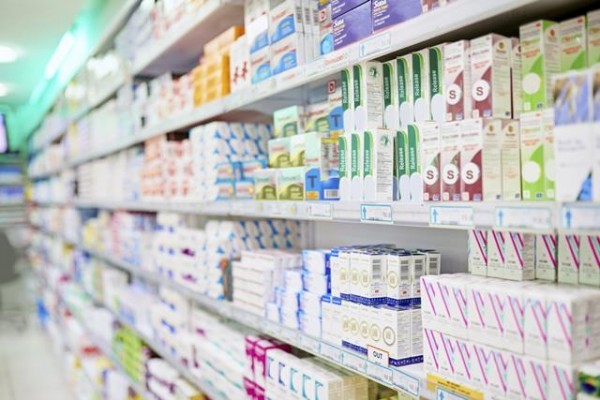 |
| Pharmaceuticals show great potential but has yet to see large-scale retailers |
A land without a “king”
In the past year, giants from the Vietnamese distribution and retail sector started looking for new places to develop and have all set eyes on the same market that is bursting with unexploited potential, pharmaceutical retail.
At first, Mobile World Group (MWG) announced intentions to set foot in the pharmaceutical retail sector by mergers and acquisitions (M&A). MWG expected to appear on the pharmaceutical retail scene in June 2018 by signing with such brands as Phuc An Khang and Phano Pharmacy.
FPT Retail has carried out a pilot investment into Long Chau Pharmacy and expects to add this sector's revenue to FPT Retail's general revenue from 2019.
Similarly, Nguyen Kim Group has just already raised its ownership to over 51.14 per cent (from the current 24 per cent) to dominate Lam Dong Pharmacy (Ladophar). Nguyen Kim has to pay around $3 billion for this deal, then continues evolving Ladophar's business which is pharmaceutical agricultural production, business in drugs, medicine, health equipment, and pharmaceutical export-import activities.
Digiworld has entered into a co-operation with Vinamedic to set foot in the functional foods market by the distribution of Kingsmen products for over-40 males.
In the Vietnam Pharmaceuticals and Healthcare report of Business Monitor International, the revenue of the pharmaceutical sector hit $4.7 billion, up 13 per cent compared to the same period last year, and is expected to continue two-digit growth in the next five years. Meanwhile, the revenue of pharmaceutical retail reached $1.56 billion.
According to the latest analysis of FPT Securities, the average gross profit margin in the pharmaceutical sector went from 35 to 40 per cent in 2006-2016, net profit margin was 10 per cent, and ROE increased from 10 to 15 per cent. This profitability is much lower than that of the leading corporations worldwide, but similar to large enterprises in the ASEAN.
The three major distribution channels are hospitals, pharmacies, and private clinics. Of these, retail pharmacies distribute 65-70 per cent of all drugs. This is the reason behind the four electronic giants jumping on this sector.
Robert Tran, CEO of Robenny Corporation - one of the global leaders in business development strategy advisory in the US, Canada, and the Asia-Pacific, said that there are 34 leading pharmaceutical corporations in Vietnam. He also confirmed the potential of the pharmaceutical market.
This is a special sector, as drug sales depend on prescriptions or just a patients' declaration on their health status. "What will the retailers do to control output?" asked Robert Tran.
Who will take control?
Despite being a potential market, the wholesale channel makes up only a small proportion. This is both an opportunity and challenge. The four retailers could use their experience on store chain management but have to face three risks posed by the dominance of the wholesale channel, managing the whole supply chain (from the import of drugs to delivery to consumers), and employee management. There are thousands of medical graduates, but they cannot meet the requirements of this sector, causing a shortage of qualified employees.
If these retailers follow the model of foreign pharmaceutical chains, the combination between grocery stores and pharmacies will open up new ways. Medicare in collaboration with Guardian implemented by this way but not successfully, due to habit of Vietnamese. They could spend hours in a super market but do not want to stay long in a pharmacy.
Retailers like MWG, FPT, Nguyen Kim, and Digiworld see favourable conditions provided by the government to encourage private sector investment. With these advantages, they could jump on the pharmaceutical sector, but Robert Tran doubted the capacity of dominating the market. He said this sector is a place for giants and long-standing prestige, simply understanding the concepts or models of store chain management will not suffice.
In order to take part in this sector, the four retailers have to do M&A. Nguyen Duc Tai, chairman of MWG, said that instead of researching this sector for two or three years, MWG chose to acquire a pharmaceutical brand, especially those owning 10 to 15 stores. MWG spent VND500 billion ($22 million) acquiring 20 to 40 per cent of the shares of an existing pharmaceutical retailer, then raise it to 60 per cent.
This is a clear objective but there is little in the way of selection. Almost all pharmaceutical brands are too young. M&A with any pharmaceutical brand could help them to join the market, but if they want to become leaders, they will not only need to spend a lot of resources but keep their reputation.
At this time, pharmaceutical firms still aim to expand their market. Phano Pharmacy intends to expand to 300 pharmacies, including 10 per cent of franchised stores by 2020. Pharmacity will expand to 200 and hit $45 million in revenue by 2020 (its revenue in 2016 was $8.5 million).
| Capital flow and reforms unite for pharma sector
Pharmaceutical stocks are once again under the limelight thanks to upcoming state withdrawals, new capital inflows, and possible removals of foreign ownership limits. |
| Electronic giants setting foot in pharmaceutical retail
In order to set foot in the pharmaceutical retail market, Mobile World Group (MWG) has chosen Phuc An Khang as the first M&A target, DigiWorld (DGW) is determined to deliver functional foods with the first products of Kingsmen, and Nguyen Kim tried to rise its shareholding by 51.14 per cent to dominate Lam Dong Pharmacy (LDP). |
| Foreign-backed local pharma surges
Vietnam’s pharmaceutical market continues to be a lucrative industry, evidenced by the huge profits reaped by leading drug makers in this year’s first nine months, despite increasingly fierce competition from foreign rivals. |
| MWG to spend $110 million acquiring electronics and pharmaceutical store chains
Mobile World Investment Corporation (MWG) plans to spend VND2.5 trillion ($110.3 million), five times as much as the initial figure planned for mergers and acquisitions activities this year, to acquire a number of electronics store and pharmaceutical store chains this year, according to newswire Vnexpress. |
| Vietnam's biggest drug maker DHG to scrap FOL in early 2018
Vietnam’s biggest publicly-traded drug maker, Hau Giang Pharmaceutical JSC (DHG), will lift the foreign ownership limit (FOL) to 100 per cent from January 1, 2018. |
What the stars mean:
★ Poor ★ ★ Promising ★★★ Good ★★★★ Very good ★★★★★ Exceptional
Latest News
More News
- Investors increase high-tech activities (April 23, 2025 | 15:43)
- Plenty of areas for Vietnam and Thailand to cooperate (April 23, 2025 | 15:37)
- Bac Giang International Logistics Centre launched (April 23, 2025 | 12:02)
- Green engagement rides high in Vietnam (April 22, 2025 | 14:54)
- Public-private partnerships a lever for greener innovation (April 22, 2025 | 14:44)
- Unlock transport potential to accelerate Mekong Delta growth: PM (April 22, 2025 | 11:34)
- AEON Vietnam breaks ground on new project in Hai Duong (April 21, 2025 | 11:56)
- Haiphong private sector emerges as key engine of economic growth (April 21, 2025 | 11:44)
- Highlands Coffee opens roastery in Ba Ria – Vung Tau (April 21, 2025 | 08:07)
- Hoa Phat Group breaks ground on high-grade steel and railway track plant (April 18, 2025 | 11:50)

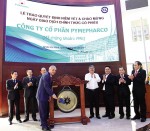

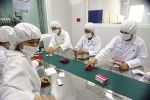
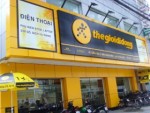


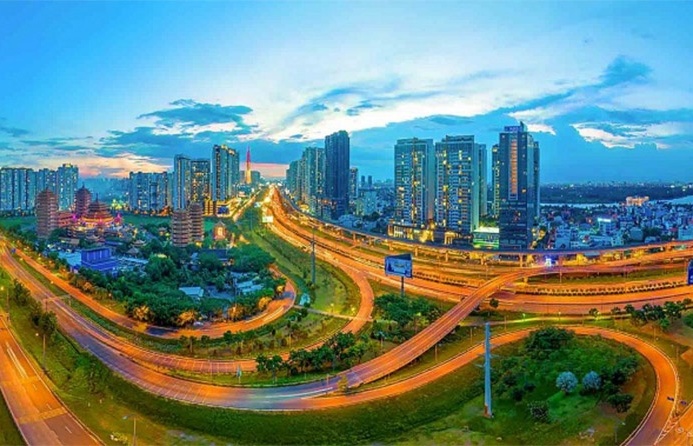
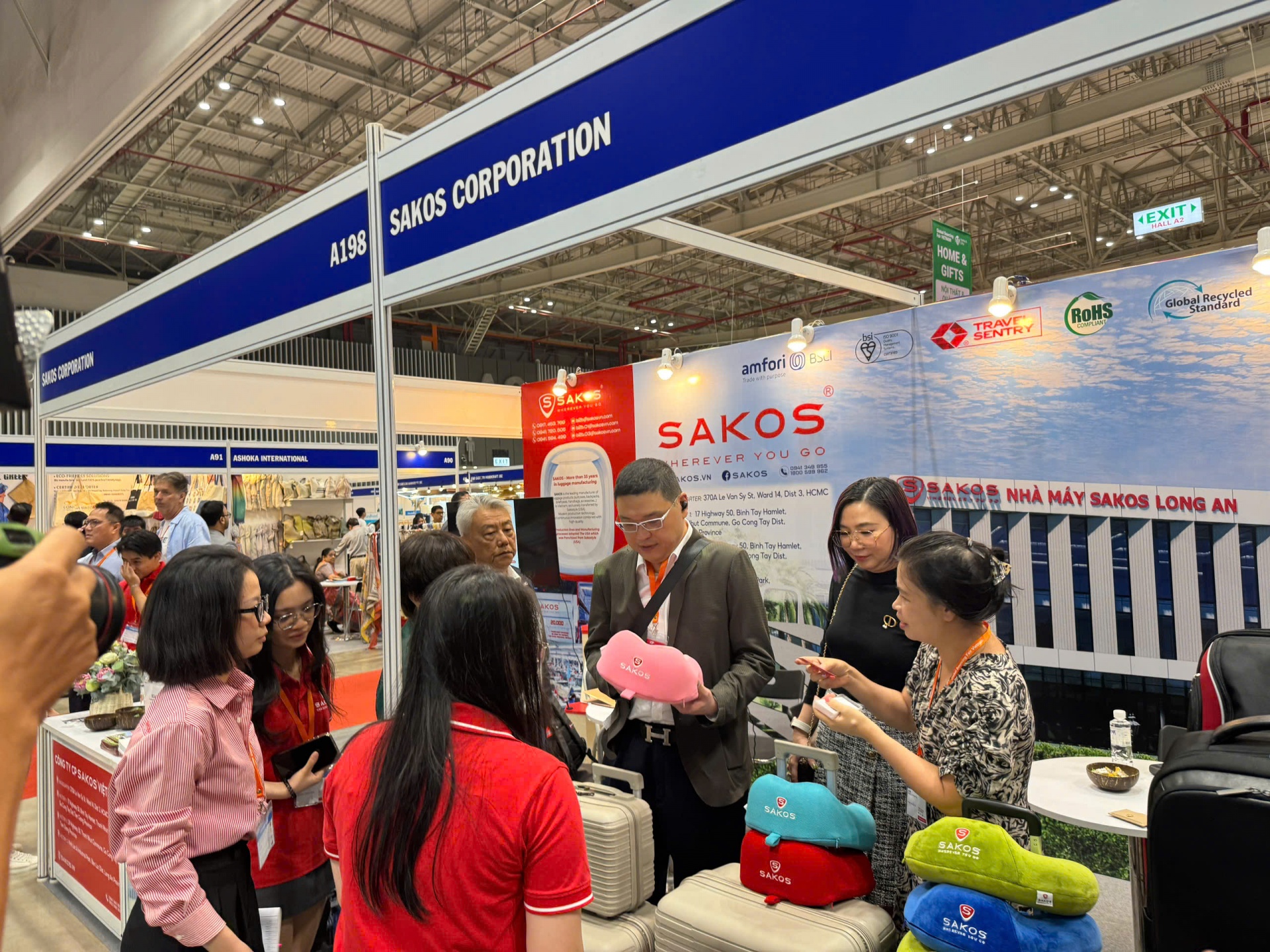
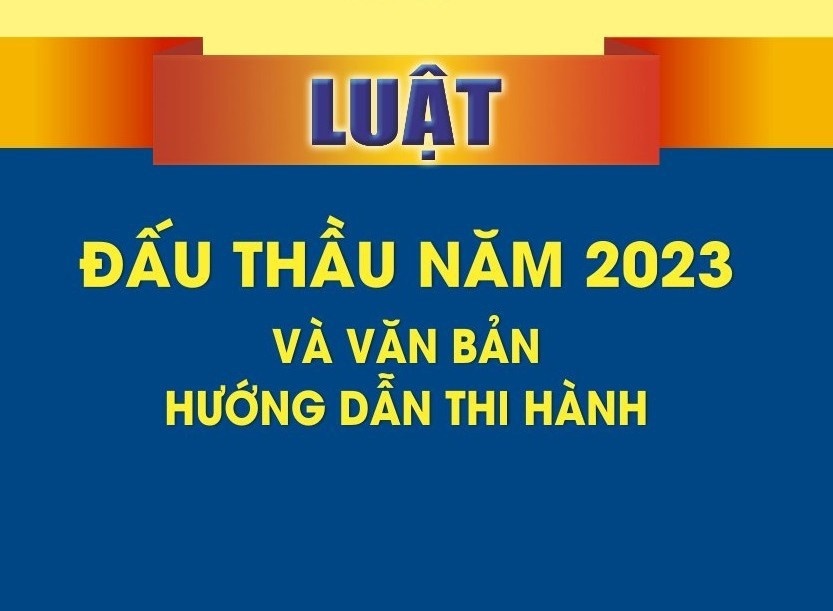
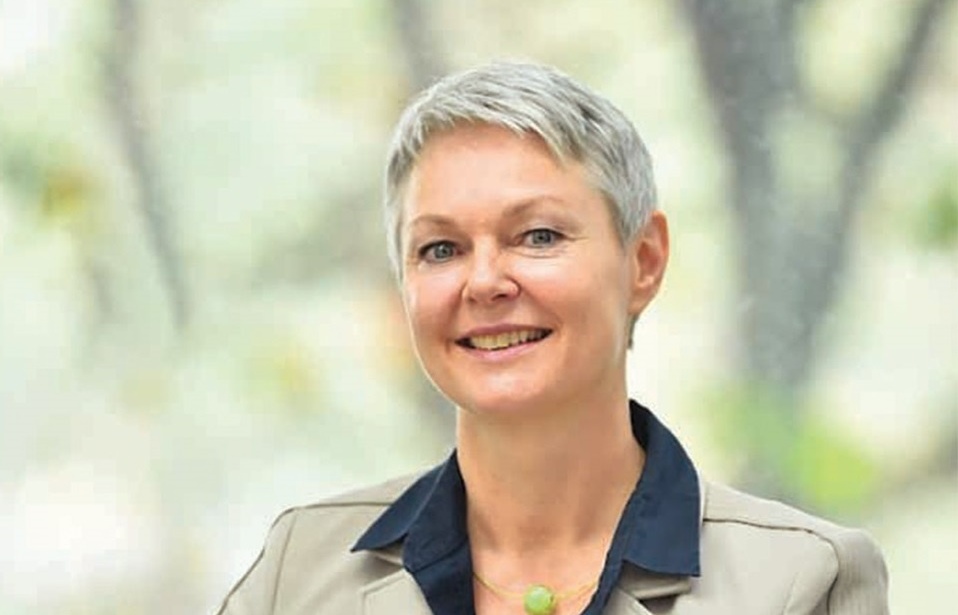
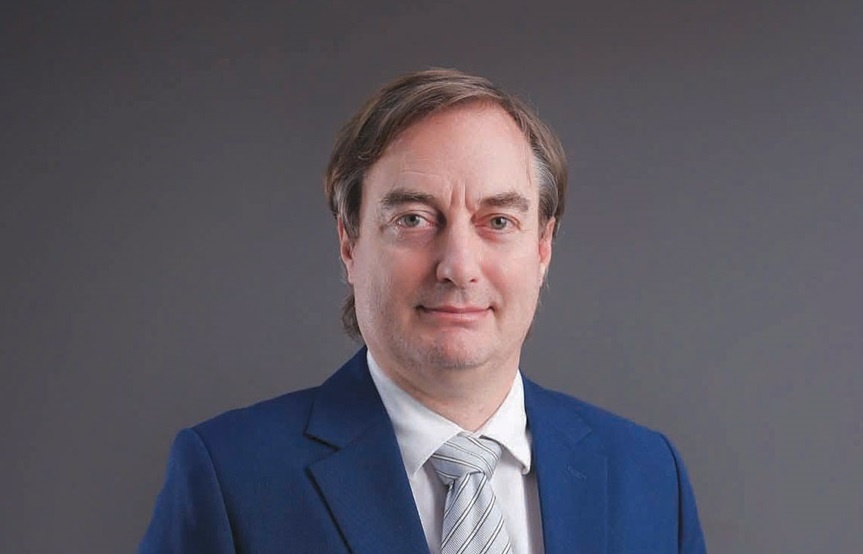





 Mobile Version
Mobile Version